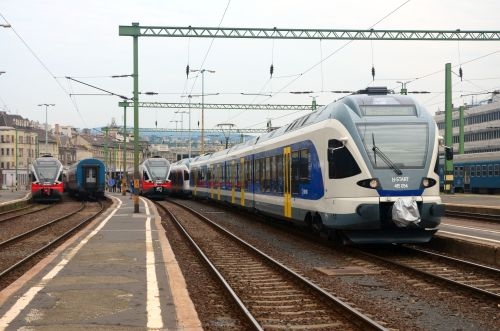A conceptual plan detailing costs and implementation of closure together with options for potential future development of the site will need to be finalised by September.
Passenger groups and the rail industry are currently protesting against the proposal which is largely viewed as a scheme to release valuable land to certain interests, under the pretence of creating more green space for the neighbourhood.
One government official has raised the possibility of an underground connection between Kelenföld and Nyugati, but this lacks any serious financial backing.
With the closure of Déli, most services would terminate either at Keleti station, making use of the third track now planned between Keleti and Ferencváros, or at Kelenföld, an interchange with metro Line 4.
The closure would leave Déli and Széll Kálmán tér, the nearby transport hub on the Buda side of Hungary's capital, without direct rail inks as a direct bus is currently a long walk from Kelenföld station and passengers need to take either two metros or two trams, or a combination of both. Alternatively, a direct metro link from Keleti to Déli is available, but many services are planned to terminate at Kelenföld.
A proposed station between Kelenföld and the River Danube may give direct access to tram Line 17 which passes Déli and Széll Kálmán tér but once again, services terminating at Kelenföld would not benefit.
The deadline for transferring the ownership of the land to the government is set for the end of 2017.

